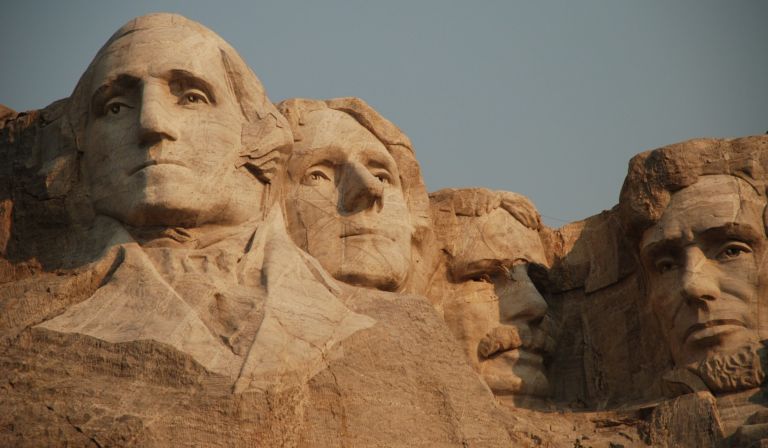Thirty-five years after one of America’s saddest days, Tevi Troy revisits the president’s memorable response.
On the morning of January 28, 1986, the U.S. space shuttle Challenger exploded just over a minute after liftoff. The explosion killed all seven crew members, including a high-school teacher named Christa McAuliffe who was part of NASA’s Teacher in Space Project. That night, President Ronald Reagan was slated to give his State of the Union address. Instead, he and his White House team quickly shifted gears, and that evening, from the Oval Office, he gave a short, nationally televised, 648-word speech about the tragedy. The four-minute speech, with its famous closing about how the fallen heroes “slipped the surly bonds of earth to touch the face of God,” became not only one of Reagan’s best-known and best-loved speeches but also one of the most famous and important pieces of presidential rhetoric in history.
Beyond its place in that history, though, the speech and its creation provide us with an illuminating window into the Reagan method and approach, and can help teach bereft conservatives today about the crucial elements of a successful presidency. …
… In the aftermath of the explosion, Reagan made some key decisions. In addition to delaying the State of the Union in favor of an Oval Office address on the tragedy that night, Reagan developed a response plan to the disaster. He sent Vice President George H. W. Bush to Cape Canaveral, the site of the shuttle’s launch, to convey his respects to the families of the fallen. Reagan also called on acting NASA administrator Bill Graham to investigate the crash. These decisions showed Reagan’s willingness to change course when necessary and his ability to delegate.
Moreover, Reagan understood the president’s vital role in the Challenger drama. He had to give a speech that would soothe the nation in a difficult time, and his team had only six hours in which to prepare it.


